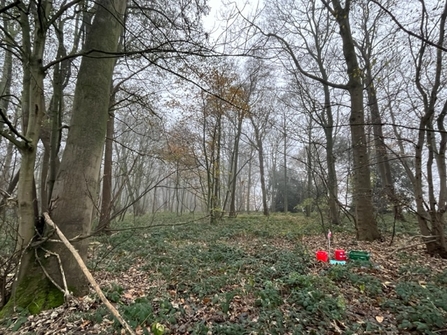Beneath our feet, in the velvet underground of the soil, there’s music. Its various rhythms are punctuated by sudden clicks and scrunches with quiet lulls in between. Most of that noise is likely the sounds made by moving and eating, of life in the soil going about its daily business. The richness of life in the soil is vast - scientists suggest that soil is in fact our planet’s most biodiverse habitat. Soil is especially rich in microbes and mini beasts (bacteria, fungi and viruses, and invertebrates) and all this is connected together in complex food webs which also connect with life above ground too. Not all of these organisms make sounds or make sounds that we can pick up with microphones but by listening-in to what we can hear, we may be able to learn a lot about all this activity and use the soil soundscape to helps us assess how healthy our soils are.
Healthy soils with lots of different organisms function better than depleted soils. The richness and diverseness of organisms enhance overall soil structure and the way the particles in the soil clump together or aggregate, with plenty of spaces for air and water in between. All this boosts the ecosystem services that healthy soils deliver for sustaining life above ground, productive farming, carbon storage, and air and water quality, so finding new ways to assess and monitor soil health are beginning to attract more attention. It’s always good to find a method that minimises disturbance, is relatively cheap and easy, and can be copied by someone else in the future.


